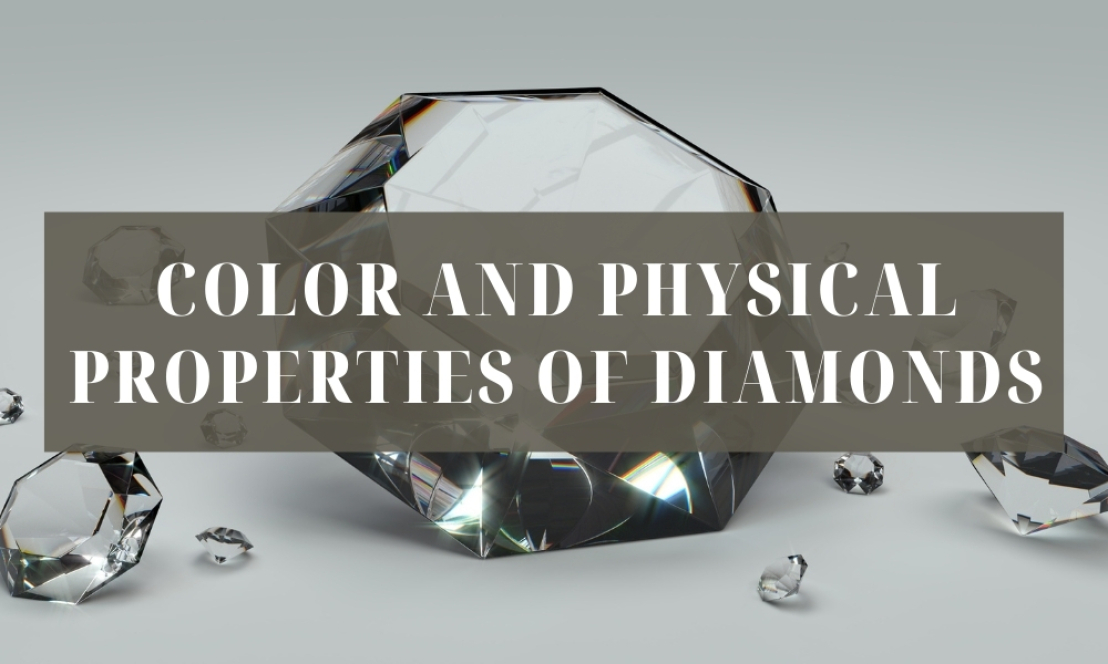Color and Physical Properties of Diamonds

Diamond is used in jewelry because, when cut by experts, it will sparkle and reflect light in an attractive way. Diamond is hard and has a great melting point. With these characteristics, diamond makes a very useful cutting tool as evidenced by diamond-tipped discs used to cut bricks and concrete. In the oil exploration industry, heavy-duty drill bits used to drill through rocks are made with diamonds. This makes the drill sharp for much longer.
Diamond properties include:
- Lustrous (shiny)
- Colourless and clear (transparent)
- Hard
- High melting point
- Insoluble in water (does not dissolve)
- Does not conduct electricity
Diamonds are made of carbon. It’s structure is an allotrope of Carbon. Allotrope is the word used to describe the different structures that an element can exist in. For example Diamond’s close cousin, Graphite, is also made up of pure carbon. However, graphite has carbon atoms that are packed loosely and thus it is softer and brittle in structure.
Diamond’s crystal structure. The atomic arrangement of a diamond is called a crystal structure where atoms closely packed and aligned in a repetitive pattern.This type of alignment in diamond makes it a very hard metal that's difficult to break.
Diamond Structure and bonding. Diamond has a giant molecular structure. Each carbon atom is covalently bonded to four other carbon atoms. A lot of energy is needed to separate the atoms in diamond because covalent bonds are very strong. Diamond's structure is made of several covalent bonds resulting to high melting and boiling point. Diamonds are no conductor of electricity because it has no electrons or ions in it.
Diamonds has natural luster that makes it shiny. Diamonds have structural uniformity of atoms that allow it to spread light of all colours. This gives the diamond its twinkling and sparkling effect.
The Color of Diamond
Diamond is colorless in its purest form. The presence of colour in diamonds is caused impurities.
- Boron turns the diamond blue.
- Nitrogen impurities
- results
- in a yellow hue.
- Colors such as brown and pink are due to structural defects.
The color grade of diamond makes a great impact on the price of diamond. Most diamonds have a tint of color, usually yellow or brown. Note that the color of diamond is not a measure of quality in diamonds but of its rarity. The less color a diamond has, the rarer it is.
In our next blog post, we are going to go over the quality factors of a diamond or what they refer to as the 4Cs of Diamond.


Comments : 0